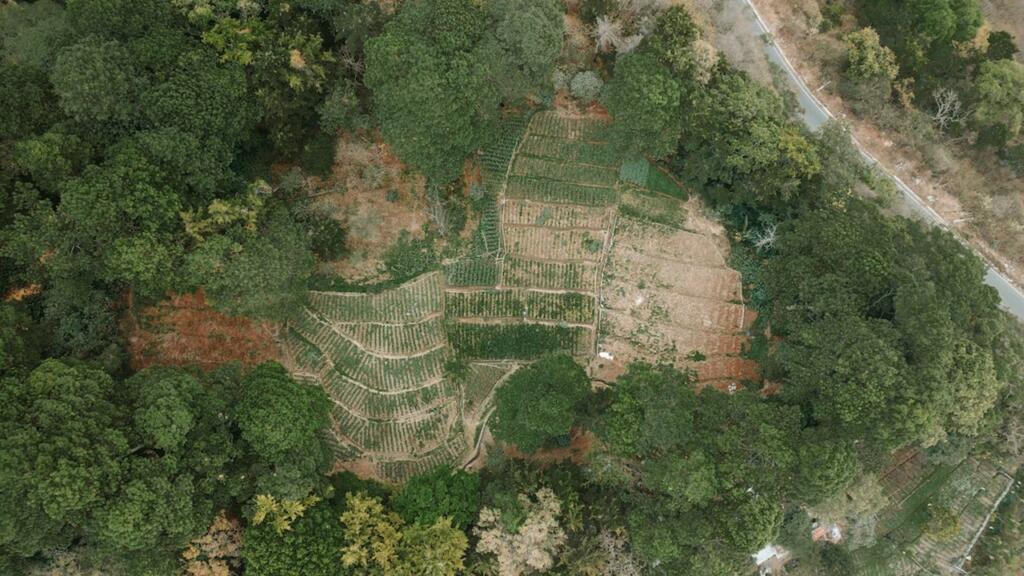Becoming a high-income country is one of each growing nation’s primary objectives. Along with attaining other crucial development objectives like guaranteeing food security and enhancing nutrition, agriculture is crucial in helping to change the economy and reach the target. Therefore, agriculture reform needs to become a reality in order to eradicate hunger and undernourishment while boosting economic growth.
Only a small number of nations—almost all of which began in poverty—have grown to be high-income nations. The ones who succeeded, however, began with agriculture and underwent an economic transition that sped up growth and decreased hunger and malnutrition.
Performance of agriculture in the Europe
And although the EU is a major exporter of farm products and plays a part in the global market, preserving high-quality production with minimal negative environmental effects is its top priority. The European Union’s objective is to transform its economy into one that is sustainable and emits no net greenhouse gases by the year 2050. In that light, the primary goals of European agriculture should be understood. Agriculture in Europe (and the wider European food chain) needs to become cleaner, using fewer limited resources and minimizing harm to biodiversity.
In contrast to the United States, Europe is the greatest importer and occasionally the biggest exporter of agricultural goods worldwide. As a result of the significant trade advantages given to overseas territories, it is also the biggest importer of crops from developing nations. To comply with the reciprocity requirements of the World Trade Organization (WTO), certain preferences are currently being reevaluated. The greatest trading partner of the Eurozone is the US. We are not going to dive deep into statistics here, just explain the main important points.
Do you want to learn more about plants?
If you are interested in plants, we have a very useful recommendation for you. You can easily learn about everything related to plants using a mobile app. All you need is to take and upload Lily plant pictures all with only your mobile phone. With this plant identifier app, all the information is just a few taps away from you. Give it a shot and learn everything you want about plants. Lily plant identification can be used not only for home-kept plants and also to main agricultural crops.
Comparing the EU and US farms
In comparison to American farms, EU farms are often much smaller. The normal size of a farm in the EU-15 in 2007 was 46.2 acres, while it was 418 acres on average in the US. The typical farm size in the United States is much more than 12 times larger than the typical farm size in the EU-27, which is 34.1 acres, thanks to the admission of 12 new members with small family farms than the EU-15. However, the normal size of a farm differs greatly by nation, from 171 acres in Great Britain to 7.2 acres in Hungary.
Which European country is the most productive in agriculture?
The EU and the US are two of the world’s top agricultural producers in terms of total production quantity. The value of agricultural production is second only to China. The EU-15’s livestock and crop output in 2000 were assessed at $220 billion was roughly $25 billion more than the U.S.’s agriculture and livestock output, which was worth $195 billion. More than 80% of the output value is accounted for by six nations. The EU’s leading agricultural producer is France, which accounts for 23% of the value of the bloc’s agricultural output, following Germany, Italy, Spain, the United Kingdom, and the Netherlands (all at roughly 15%). (7 percent). Less than 5% of the value of agricultural production is produced by the other EU producers.
Also Read: iPhones – Not just assembled but Made in India
Sustainability as a crucial factor for agriculture-driven growth
Europe’s agriculture is vulnerable to stressors and shocks. The ability of farming systems to offer both commercial and public goods is impacted by these disturbances, which present both opportunities and problems. Regarding traits, output, players involved, and difficulties faced, agricultural systems in Europe vary greatly. They perform differently and exhibit varying levels of resilience and sustainability two ideas that are complementary. A sufficient operation of all processes across the ecological, economic, and social domains is referred to as sustainability. We define a farming system’s resilience as its capacity to maintain system functionality in the face of accumulating and increasingly complex economic, social, environmental, and structural shocks and stresses. This capacity is demonstrated by the system’s reliability, flexibility, and evolvability.
For the purpose of developing appropriate and pertinent strategies and policies, a thorough knowledge of the local environment and underlying processes of resilience is required. The sustainability and adaptability of an agricultural system can be studied as a thesis topic using dynamic modeling, statistical analysis of data, and participatory methodologies.
Wrapping up on agriculture in Europe
In Europe, agriculture is a powerful sphere that can boost the shared prosperity of the economy. It is rather a myth that European countries don’t face any issues in agriculture. Despite the sustainability challenges, Europe remains one of the largest agriculture importers and exporters.
